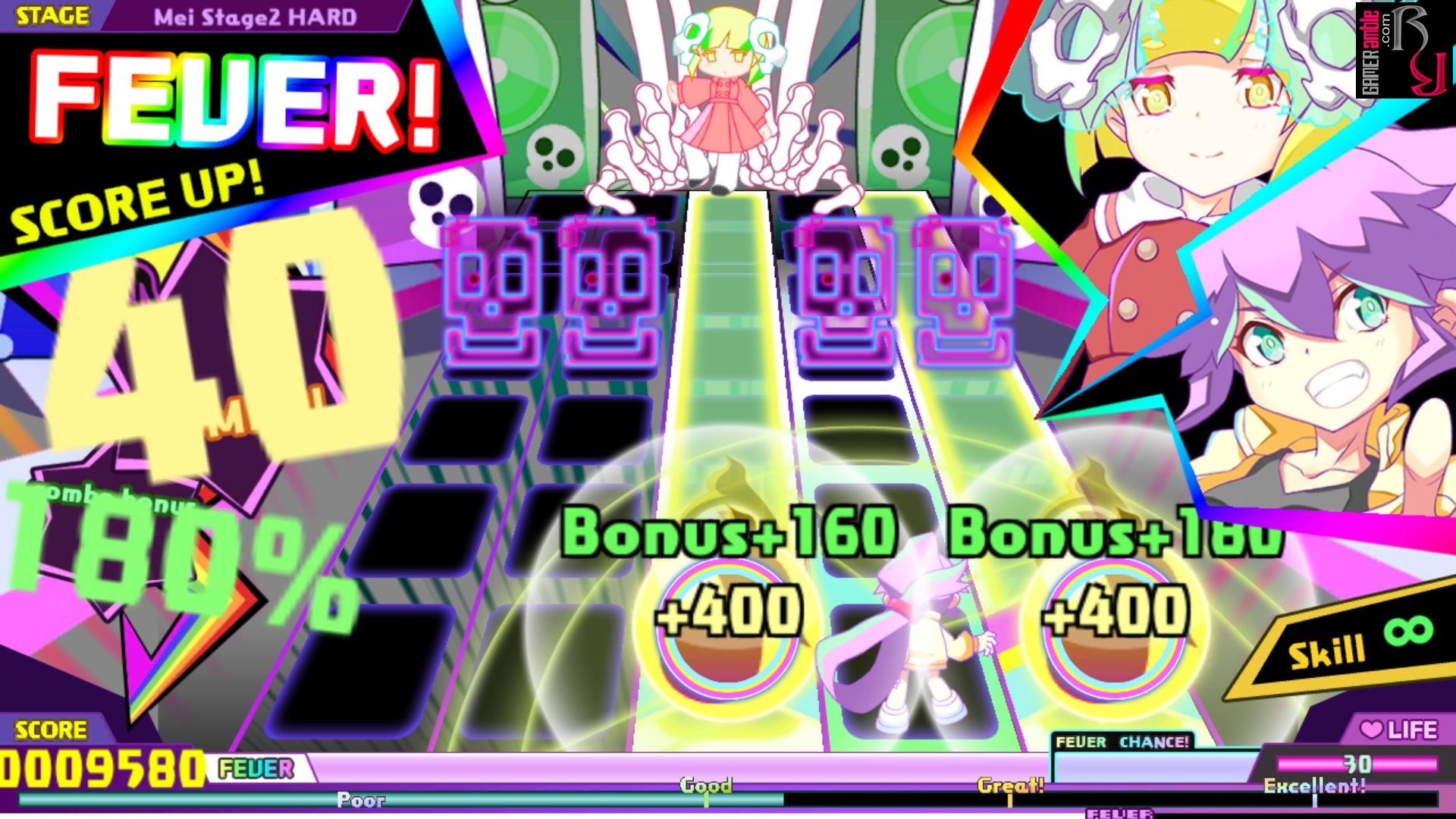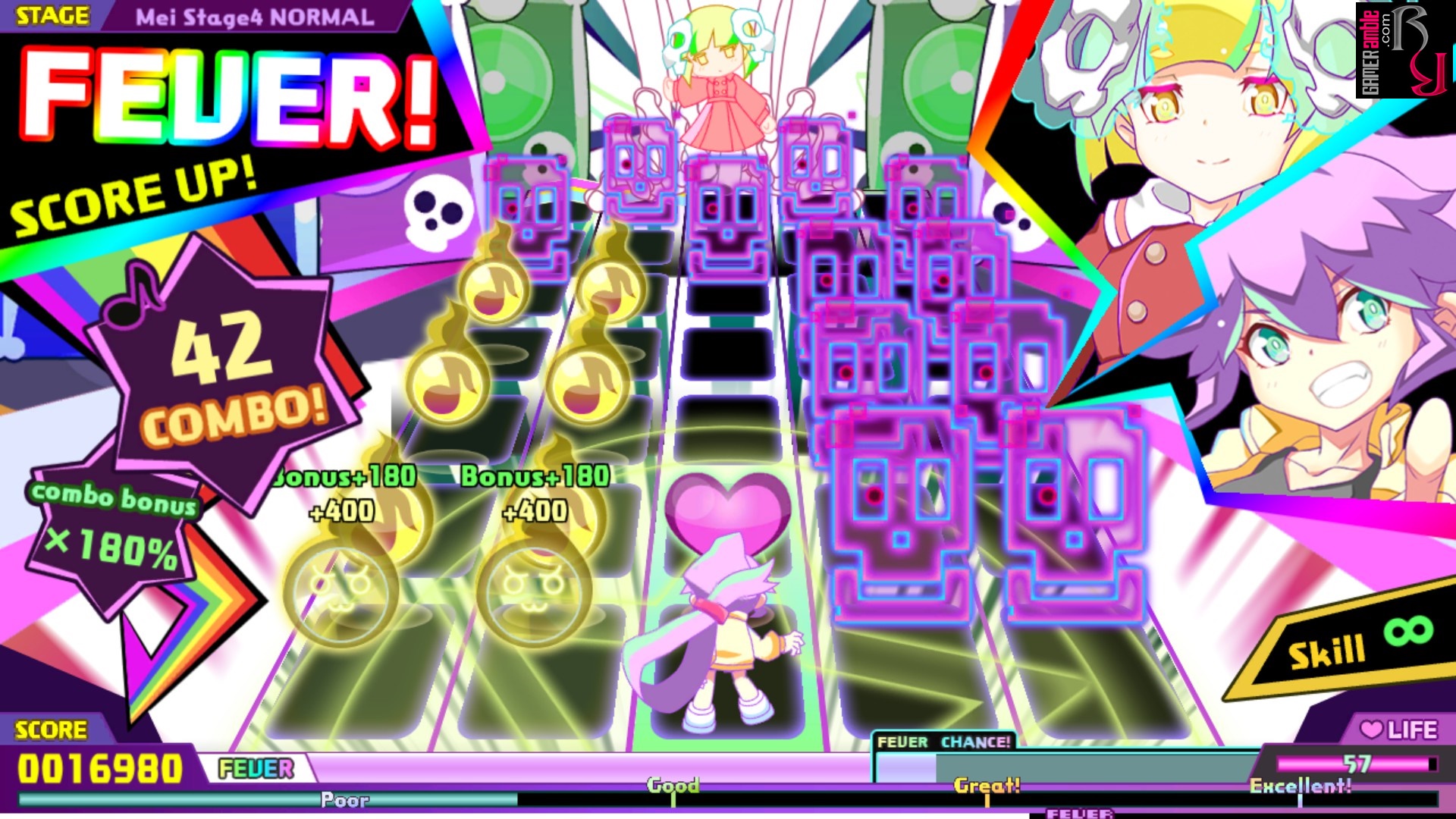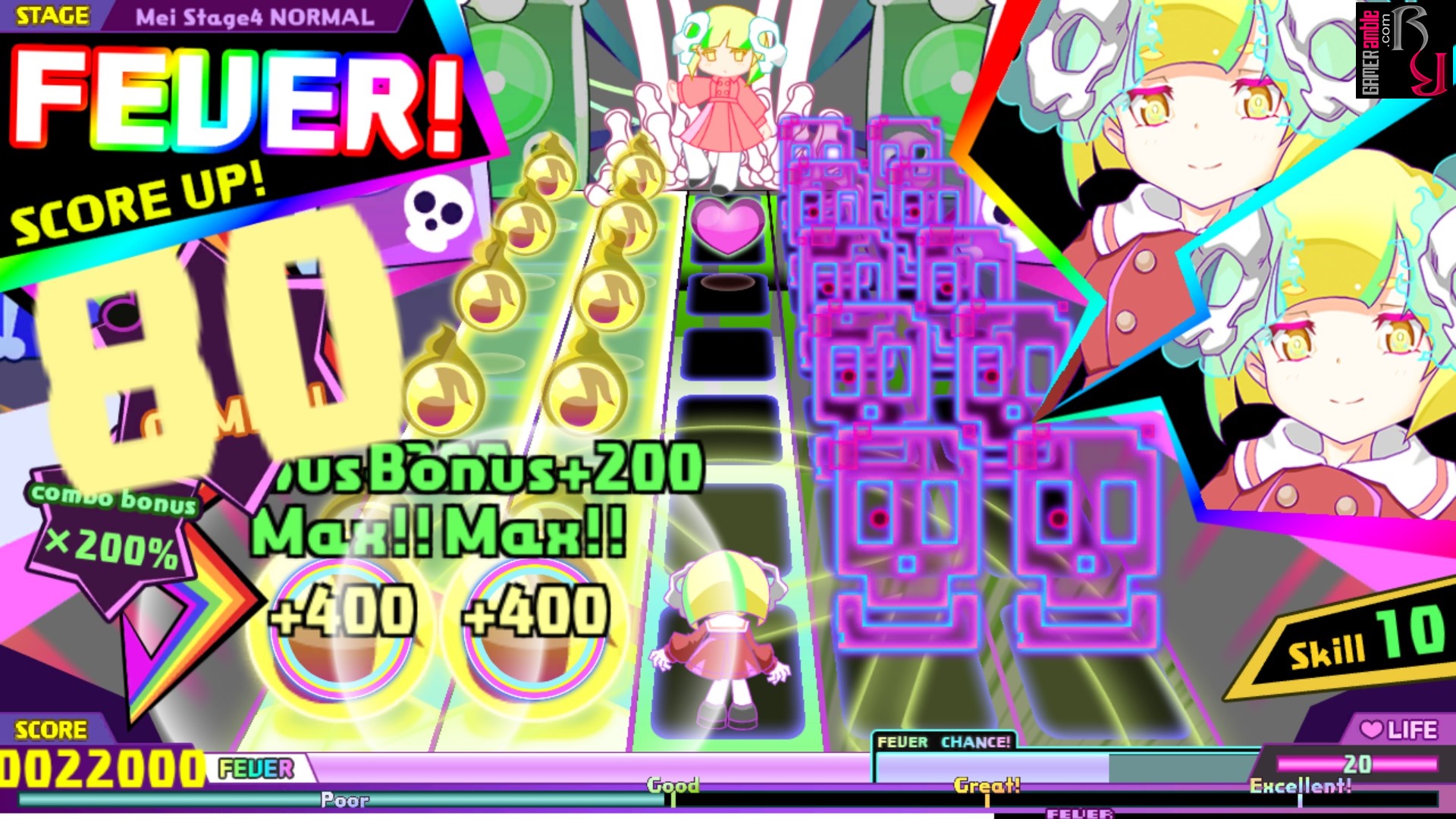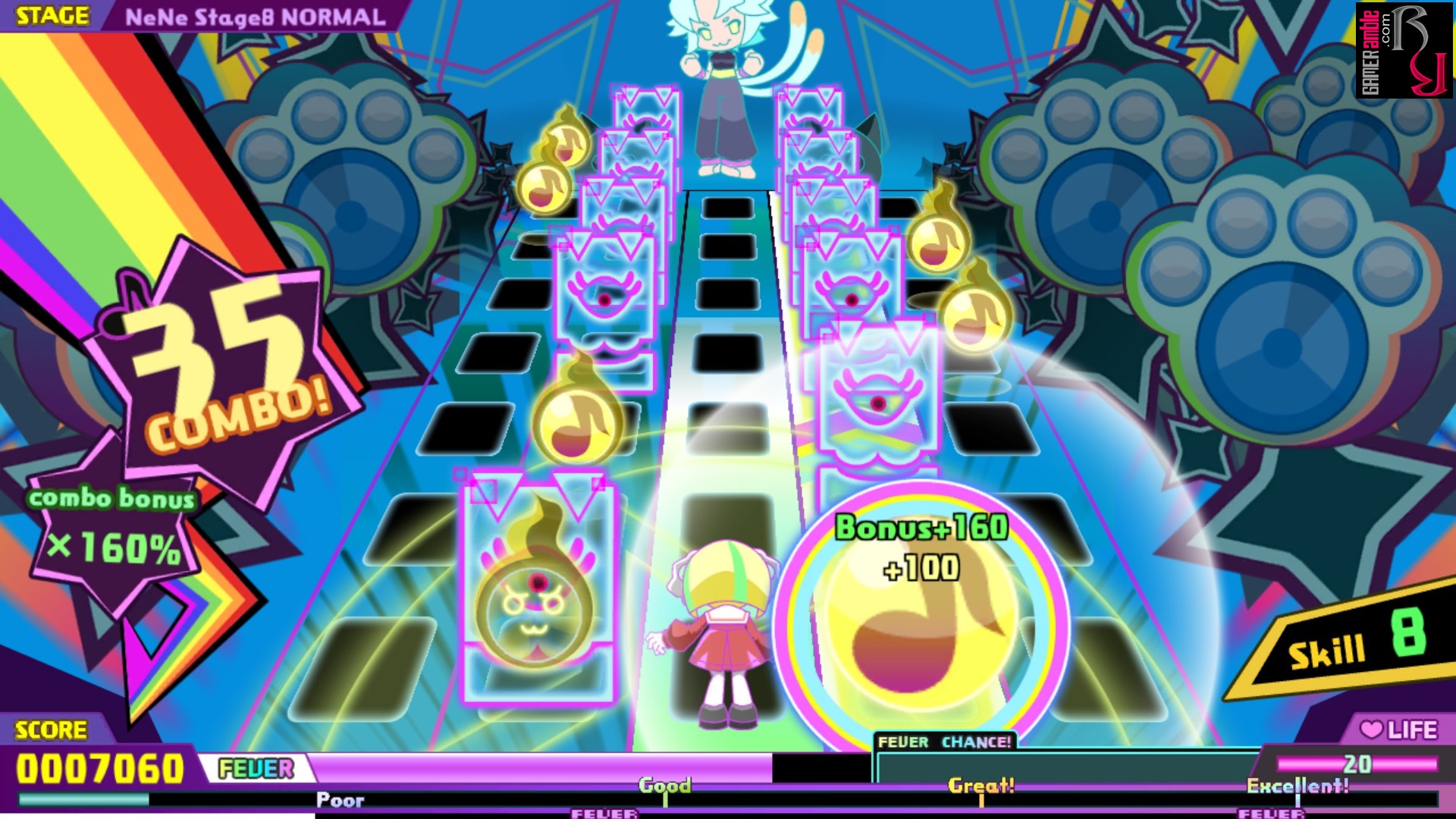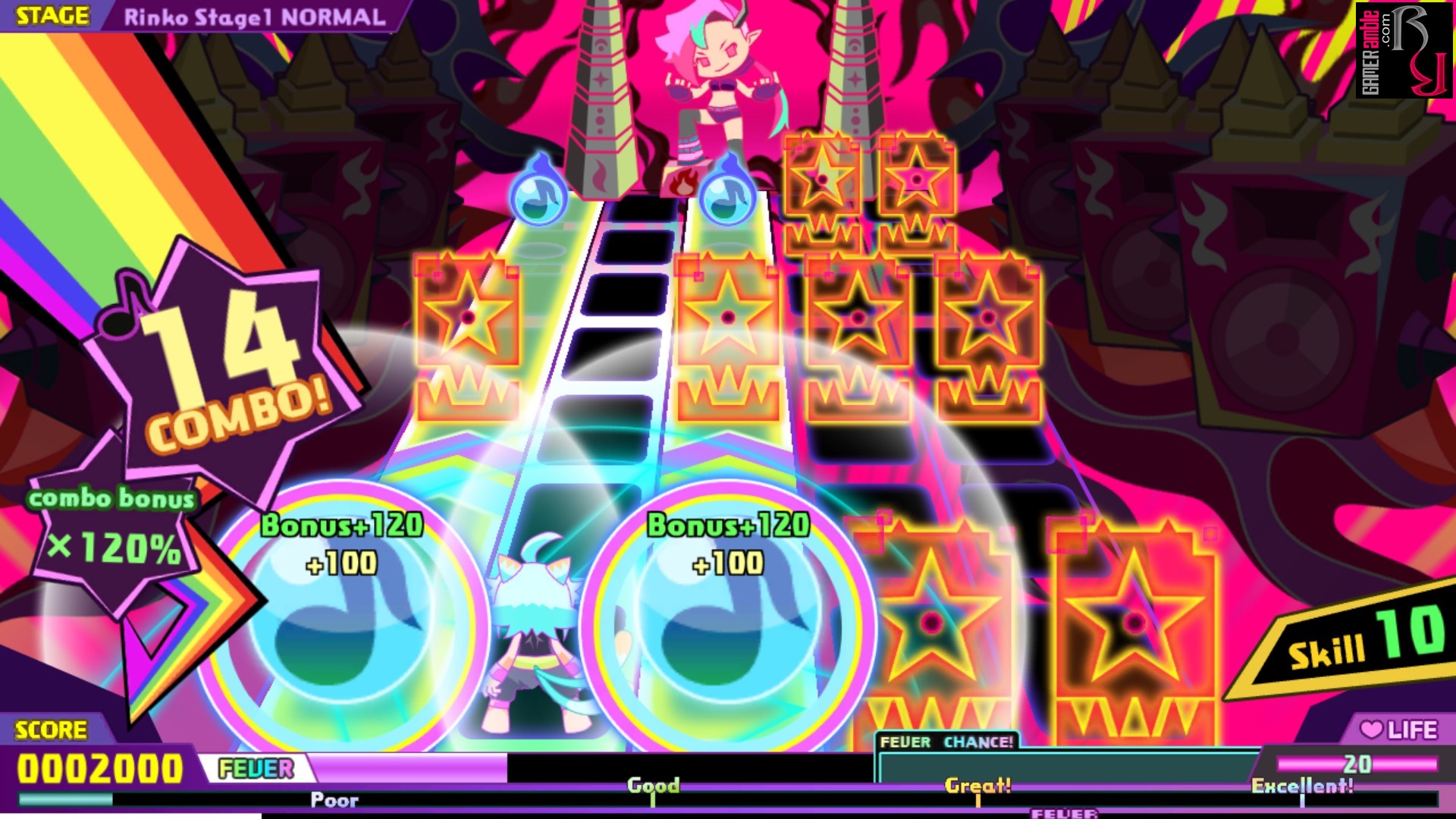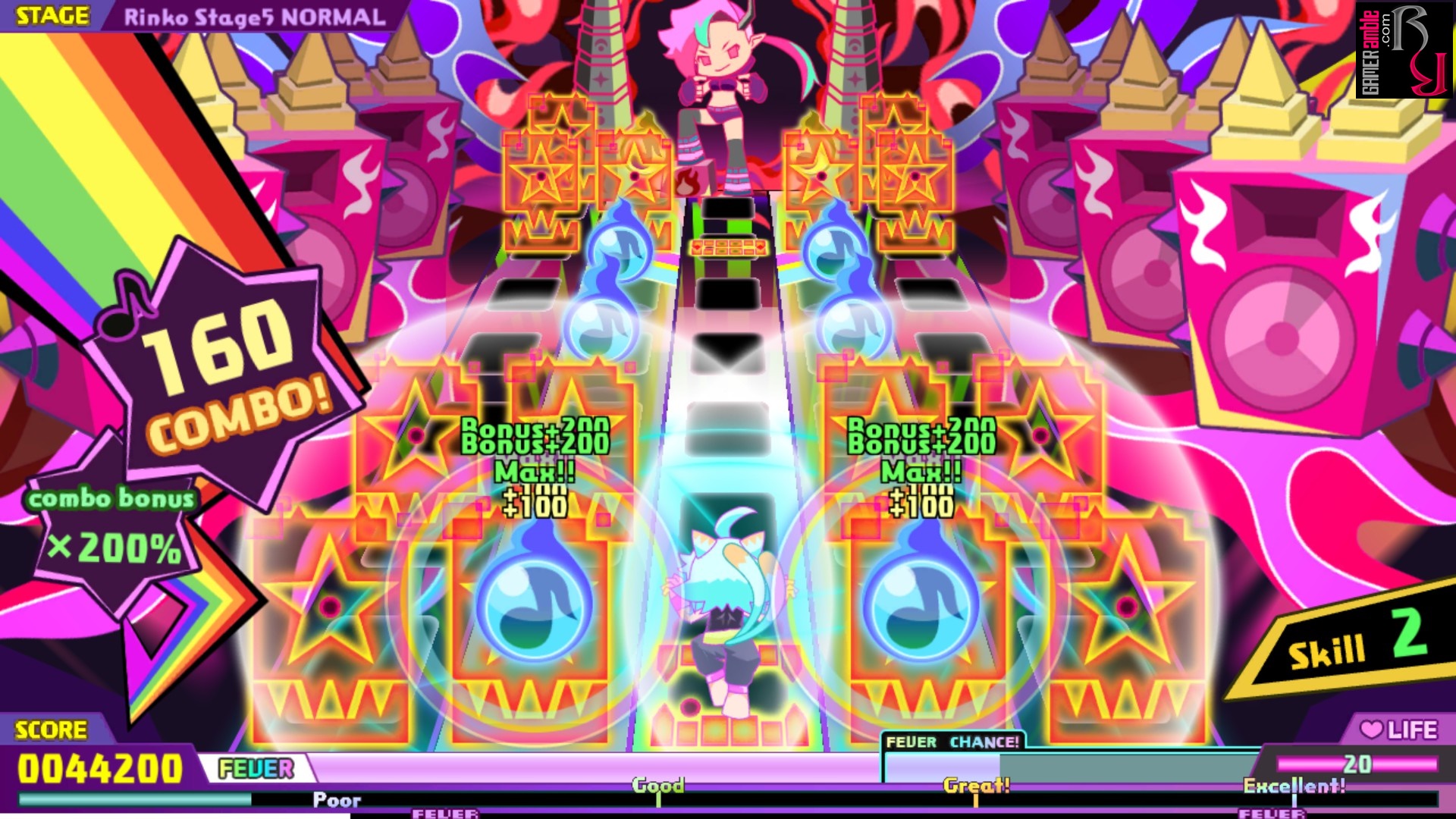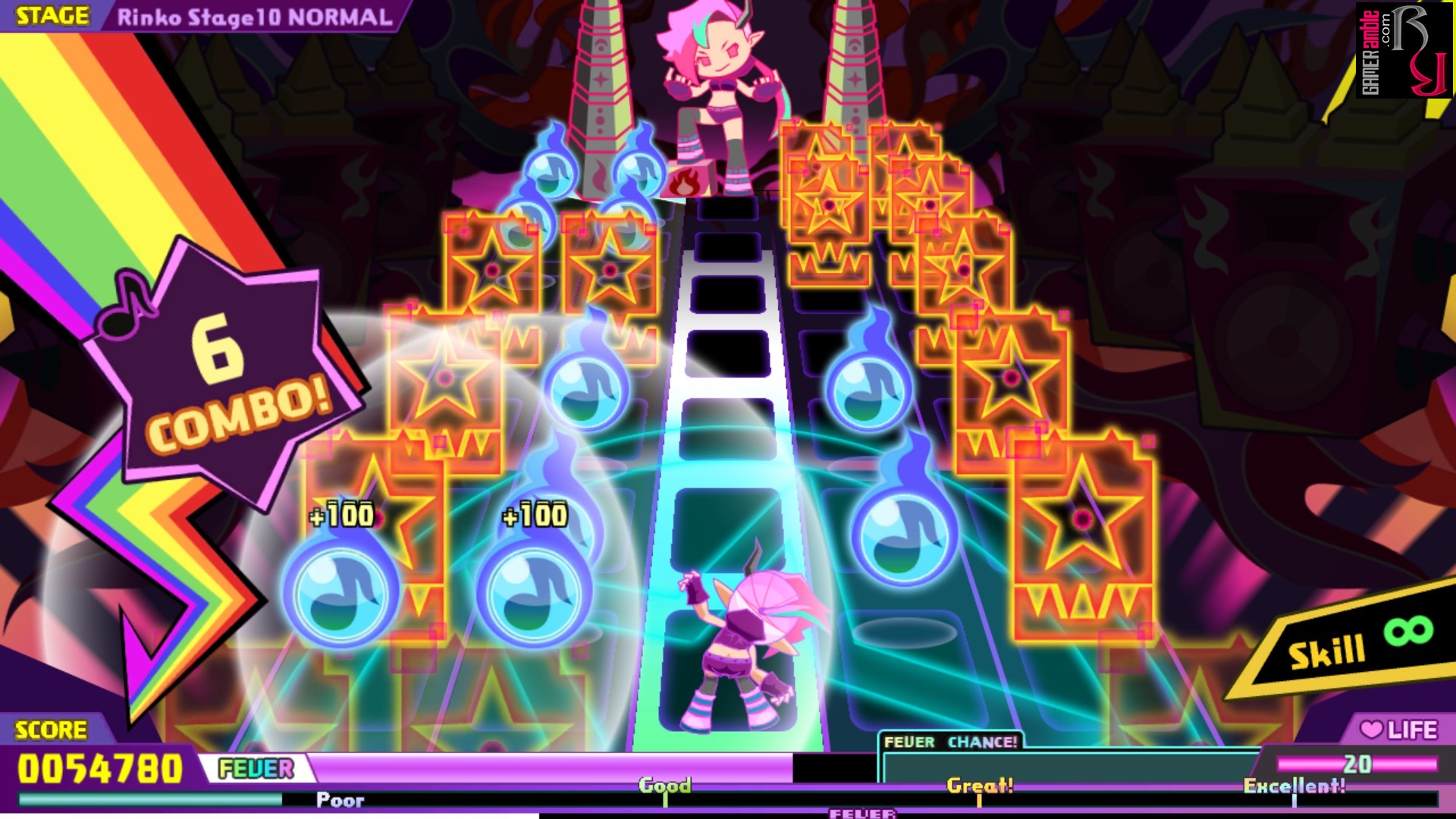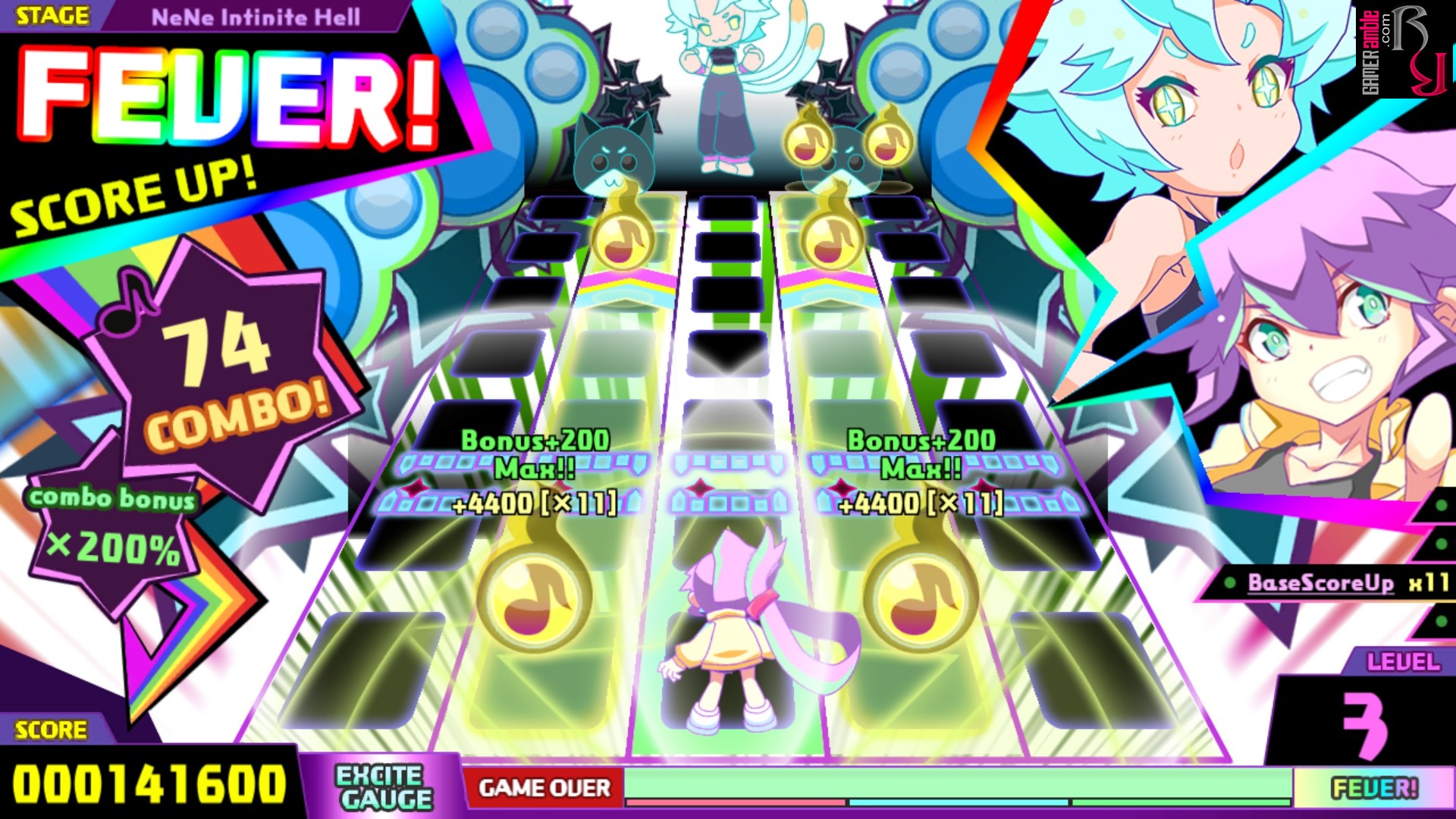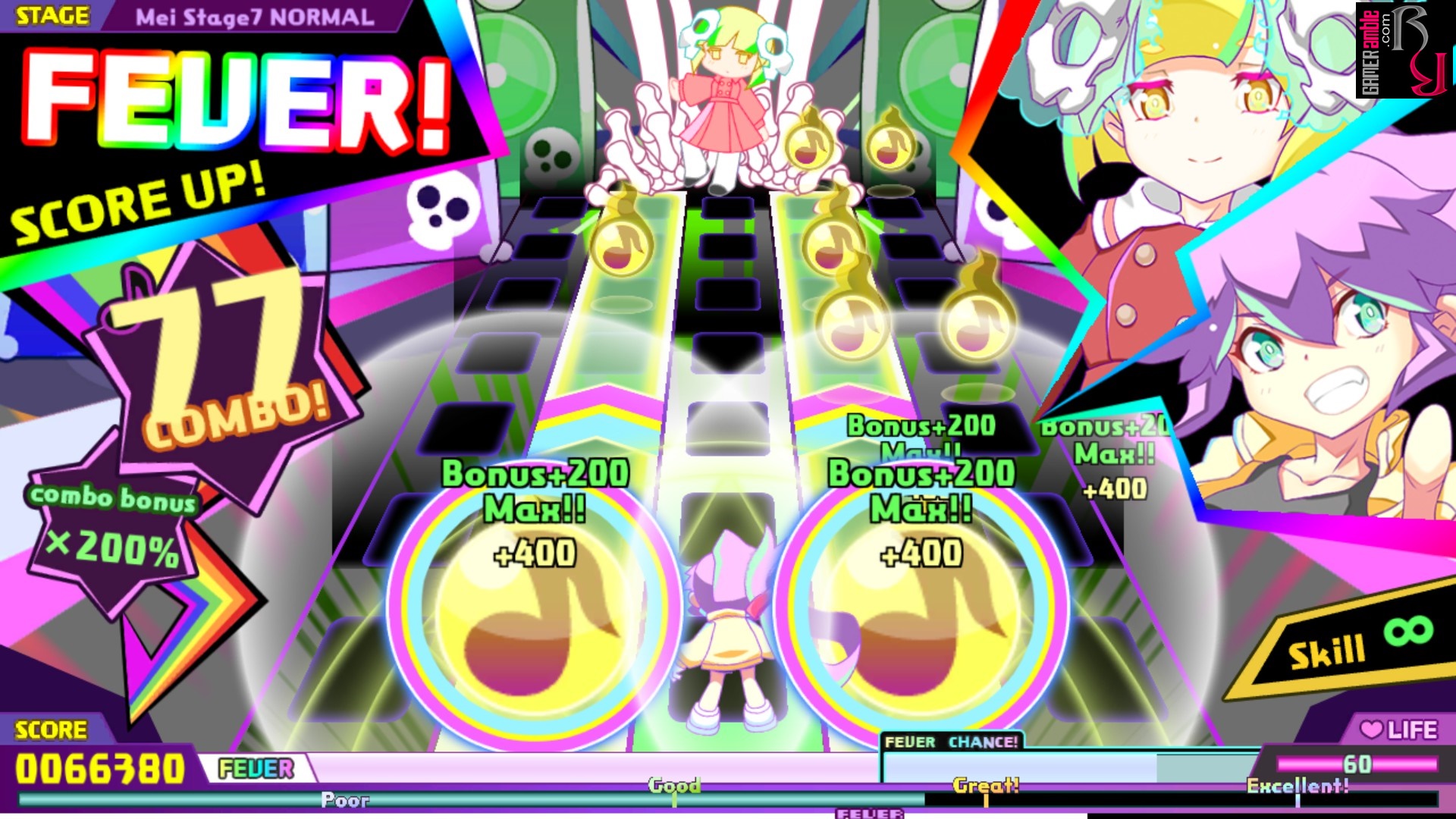Beat Souls
Developer: Young Horses | Publisher: Young Horses | Release Date: 2014 | Genre: Action / Adventure / Indie | Website: Official Website | Purchase: Steam
Dodge and dance to appease the rhythm yokai in Beat Souls by Zoo Corporation. It seems like the noise from the big city has driven these spirits into a frenzy, and it is up to a shrine maiden named Mikoto to soothe them. The only way for Mikoto to calm the yokai down is by dodging the noise coming at her while using her Otomo companions to collect the Beat Souls. It may seem overwhelming at first, especially with the over-the-top visual style of the game, but once players get the hang of things, the game really shines.
While Beat Souls is advertised as a rhythm action game, the emphasis is much more on the action than the rhythm. Unlike other rhythm games where your actions are synced to the beat, things are a little more subtle in Beat Souls. Your first priority is to get to the end of each song, which is done by dodging the “noise” coming at your character from along the five lanes she is dancing across. The noise can be in the shape of walls or floor tiles, and pressing left or right avoids the former while hitting jump dodges the latter. The obstacles come at you in time with the rhythm of the music, so tracks with a higher bpm will require faster reflexes to avoid them.
Simply dodging noise will get you to the end of the track but won’t help much with your score. This is where the titular Beat Souls come into play. They look like little ghostly apparitions with musical notes in them and will also damage your character if she touches them directly. Instead, you must use the Otomo companions floating on either side of her to grab the souls. Noise does not affect the Otomo, so you don’t have to worry about them getting hurt, but you have to press a button to change their color if you want them to catch the souls of the corresponding color. There are only blue and yellow souls, but switching between colors while dodging and jumping adds an extra layer of challenge to the game. If this wasn’t enough, the Beat Souls could sometimes be clustered next to each other instead of with a gap in between for your character to move through. When this happens, you must position your character to one side of them and move your Otomo to either side of the screen for interception. It can be a lot to keep track of at first, but the game eases players into the action, and by the time you get to the most chaotic tracks, you should be ready for them.
Collecting beat souls in succession builds up your combo, which is the key to a high score. In addition, collecting souls builds up your fever gauge, which boosts your score during special fever time sections of the songs. However, hit any of the noise or touch a beat soul with your character, and you’ll lose your combo and some stamina. If your stamina ever reaches zero, you have failed and can retry the song or move on to another one. Most players should have no trouble with the “Normal” stages, but everything can also be played on “Hard,” which increases the challenge. Beat Souls also has a “Hell Mode” with three levels of endless music where you compete for a spot on the online rankings.
Visually, Zoo Corporation has gone for what they call a “Cyberpop” style, which is colorful and cute anime meets neon cyberpunk. Everything looks very pretty, but some players may find it overwhelming, especially if they are bothered by bright colors and flashing lights. Fortunately, the developers have updated the game after release with the ability to tone down some of the effects. While the art style never bothered us, it is good that there is an option for people who need it. Everything from the lane and wave to the background effect can be turned off if preferred.
Rhythm action games live and die by their music, and having a decent selection of tunes is a must. Beat Souls features 45 stages, but most songs are by one artist, DJ math-cow, a.k.a. raven sky. However, they have done a great job when it comes to variety, and there are a couple of really standout tunes in the mix. Unfortunately, the game doesn’t really have vocal tracks, which could disappoint some fans of the genre. The only other artist on the soundtrack is T.F., who contributed two tracks. The bpm of tracks ranges from 90 all the way to 200 and covers a few different genres.
Beat Souls can be played with a controller or keyboard, and the latter was our input method of choice. As mentioned earlier, controlling your character and her Otomo can be overwhelming initially but becomes second nature after playing through a few tracks. Once the controls are mastered, you can start aiming for additional challenges, such as getting a full combo by not missing a single beat soul or no damage by never getting hit. The game keeps track of both of these for each song, as well as your high scores and highest combos. Initially, only Mikoto is available, but players can unlock three additional characters by completing their levels. They are the yokai you are trying to appease, and like Mikoto, they each have unique skills that range from taking some damage to missing a few souls without losing health or combos.
We had an absolute blast playing Beat Souls, but can understand why fans of rhythm games might not share that sentiment. It is definitely more of an action title despite the inclusion of some rhythm elements. Players who can see past this will have fun, but anyone expecting a pure rhythm experience should maybe check out the demo first to avoid disappointment. The over-the-top visuals might also deter some players, although the update makes this less of an issue. Overall, Beat Souls is a colorful, action-packed, and addictive game for players who want to put their reaction skills to the test while listening to good music.
System Requirements
- OS: Windows 8.1/10
- Processor: 2Ghz
- Memory: 2 GB RAM
- Graphics: DirectX Compatible video card with Pixel Shader 3.0 and Vertex Shader 3.0 support
- DirectX: Version 11
- Storage: 1 GB available space
- Sound Card: DirectX-compatible sound


